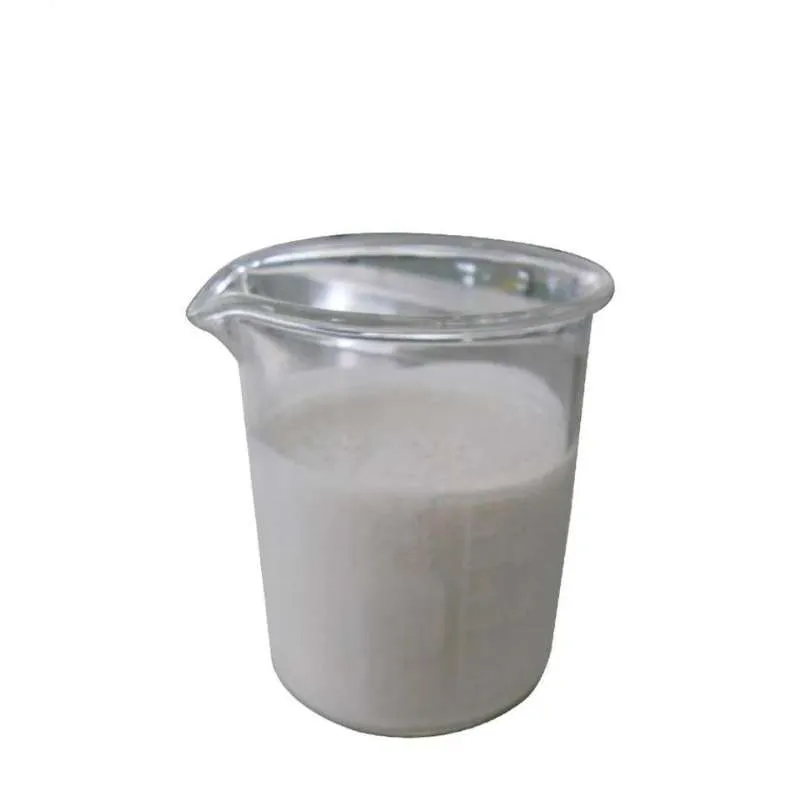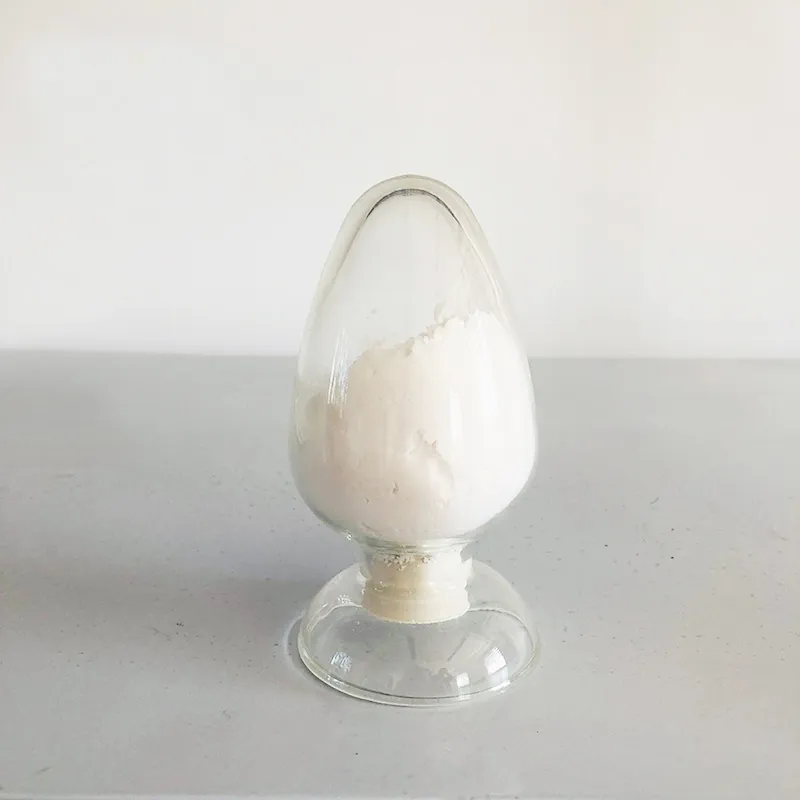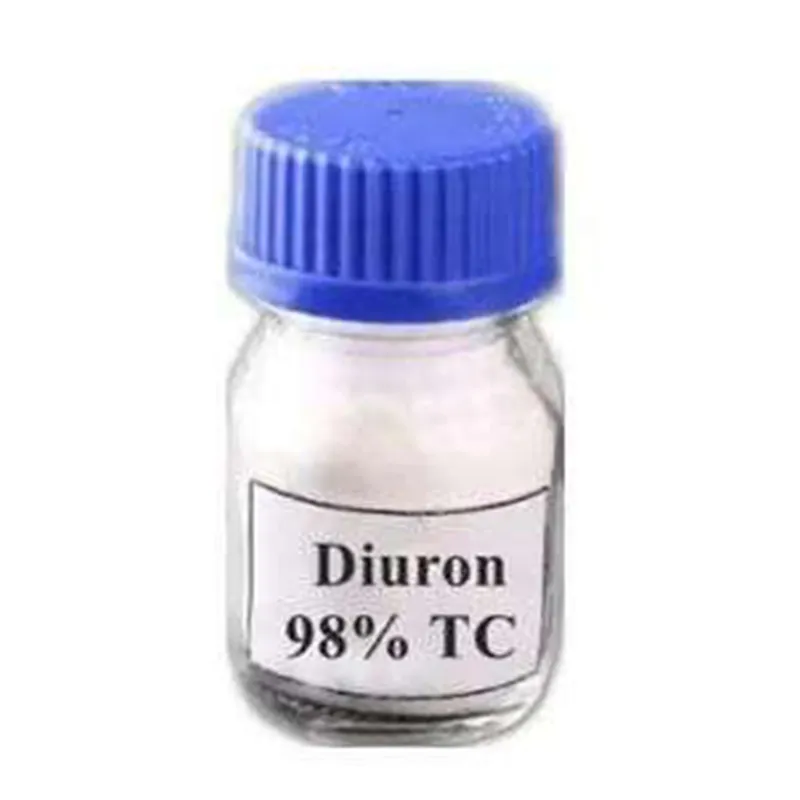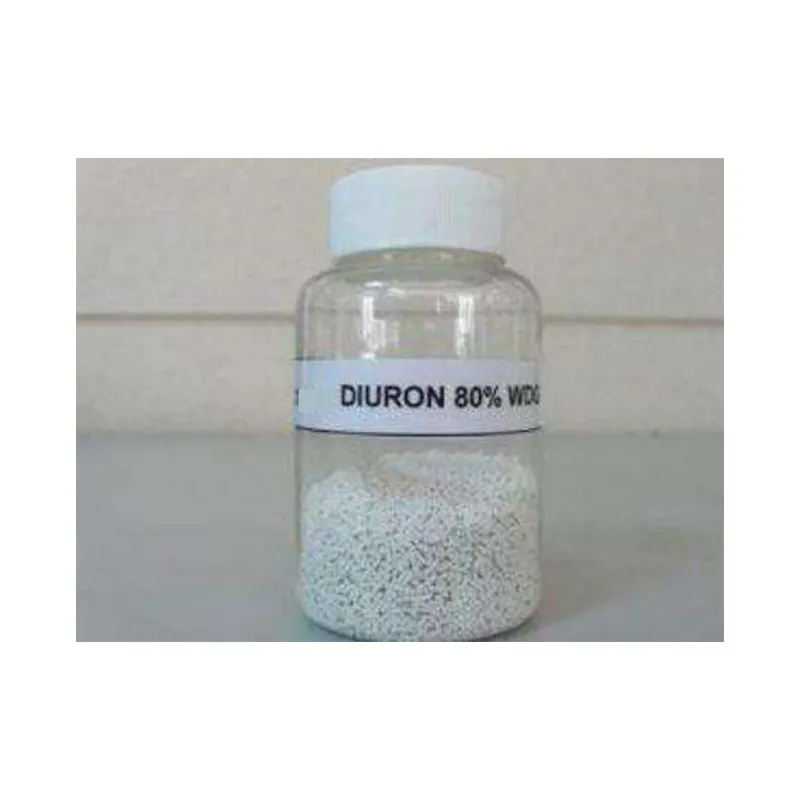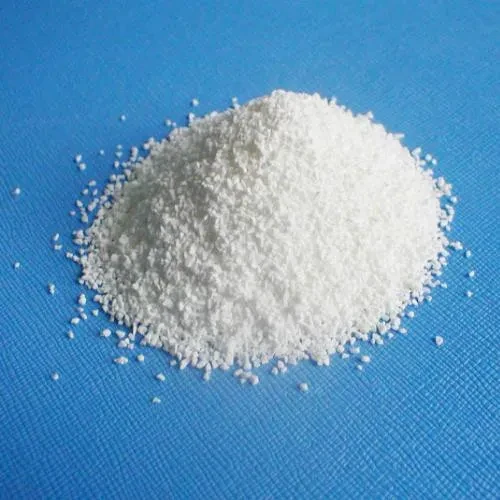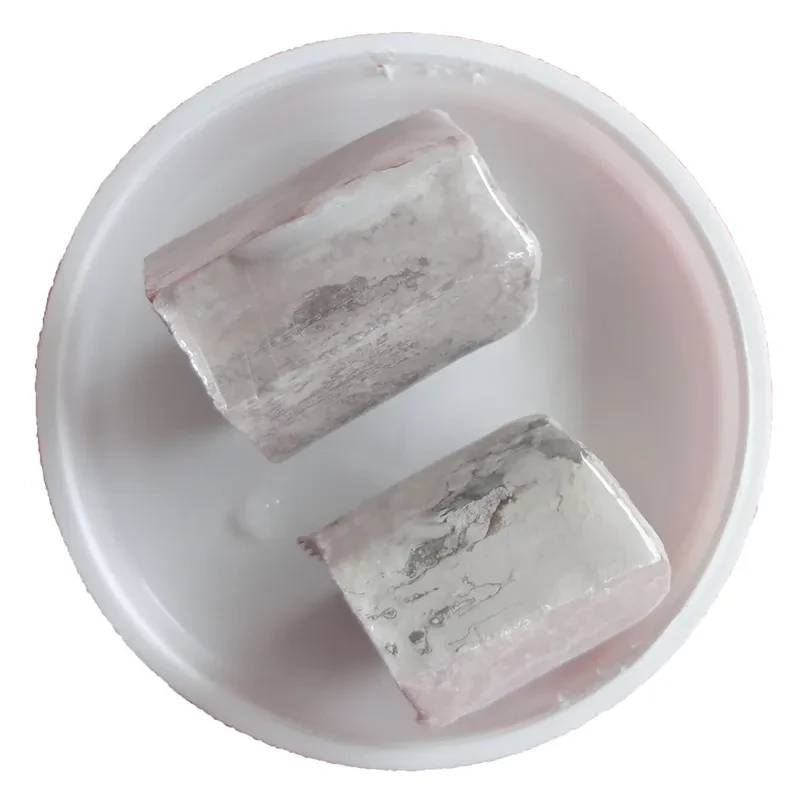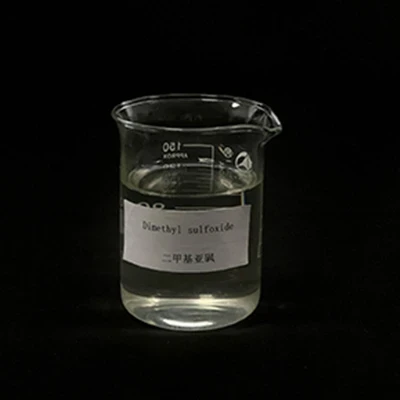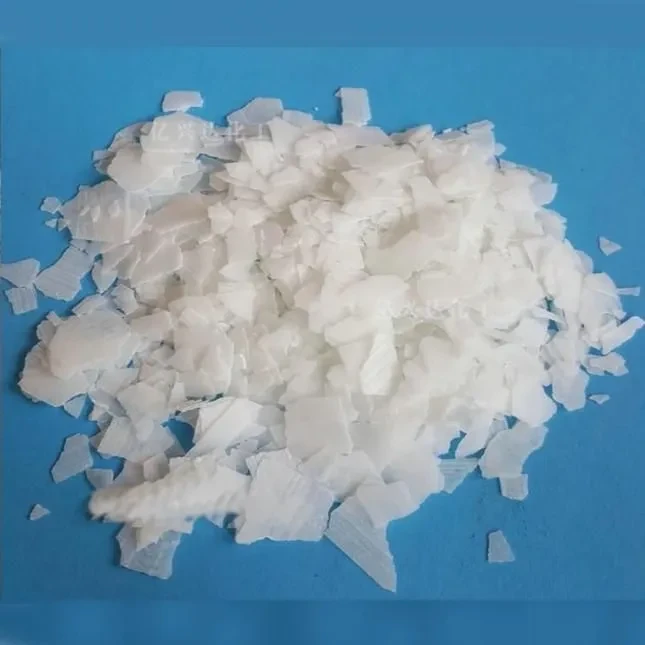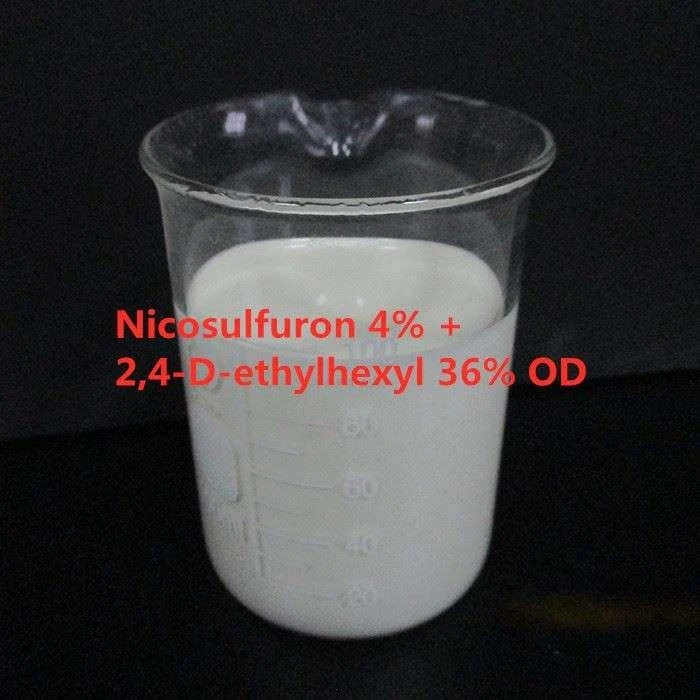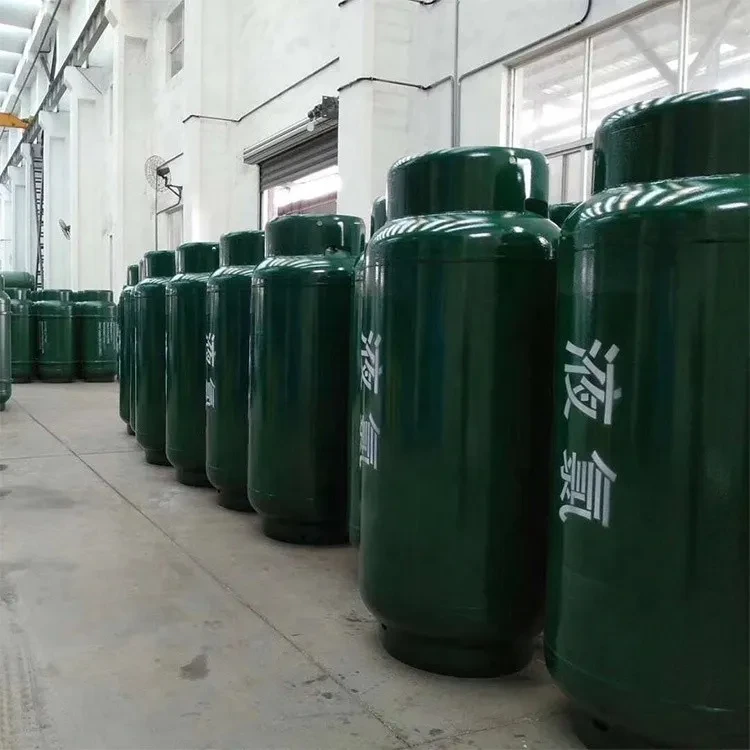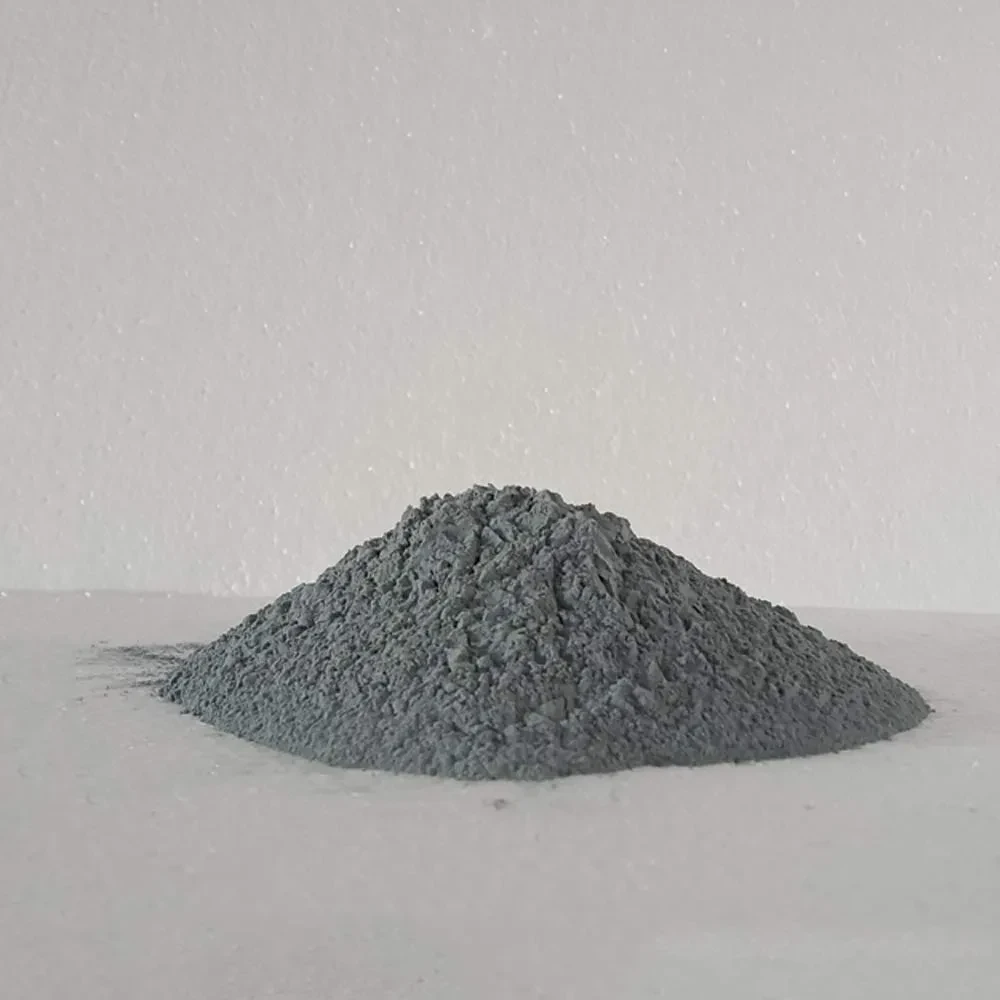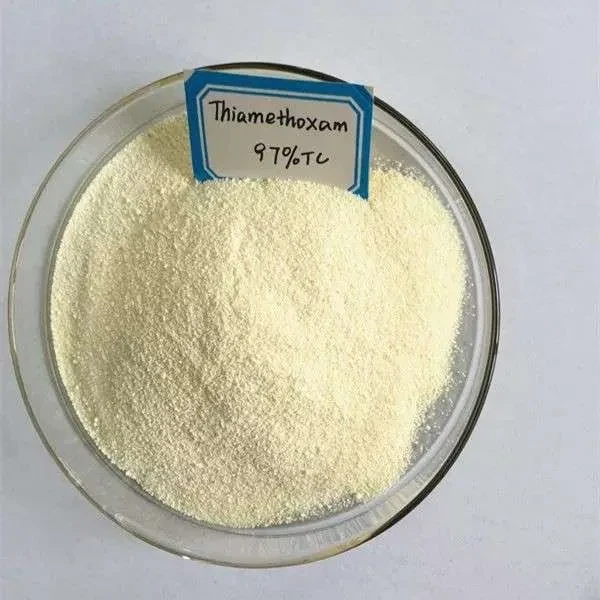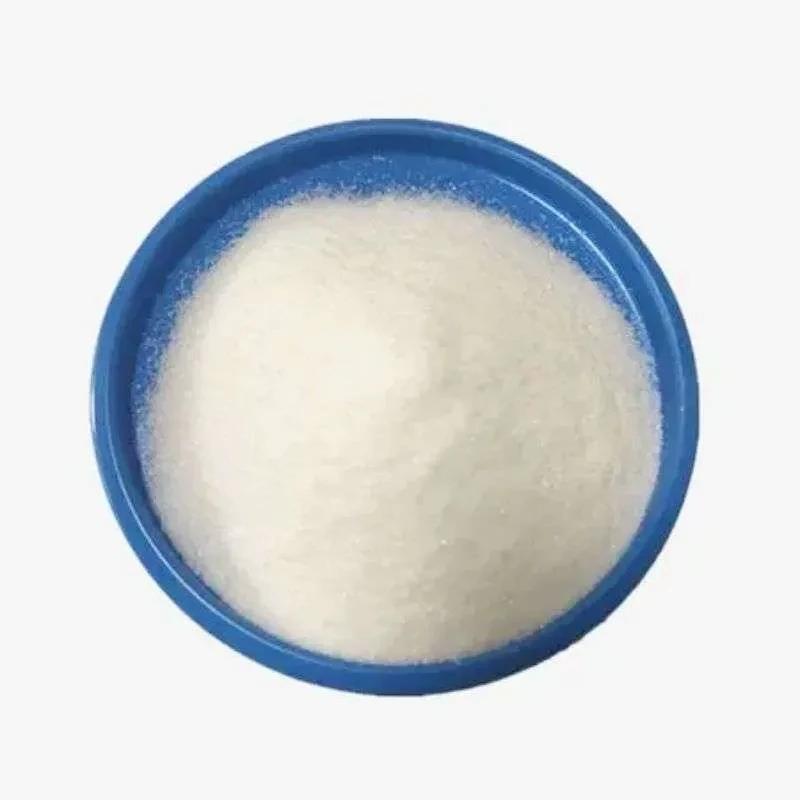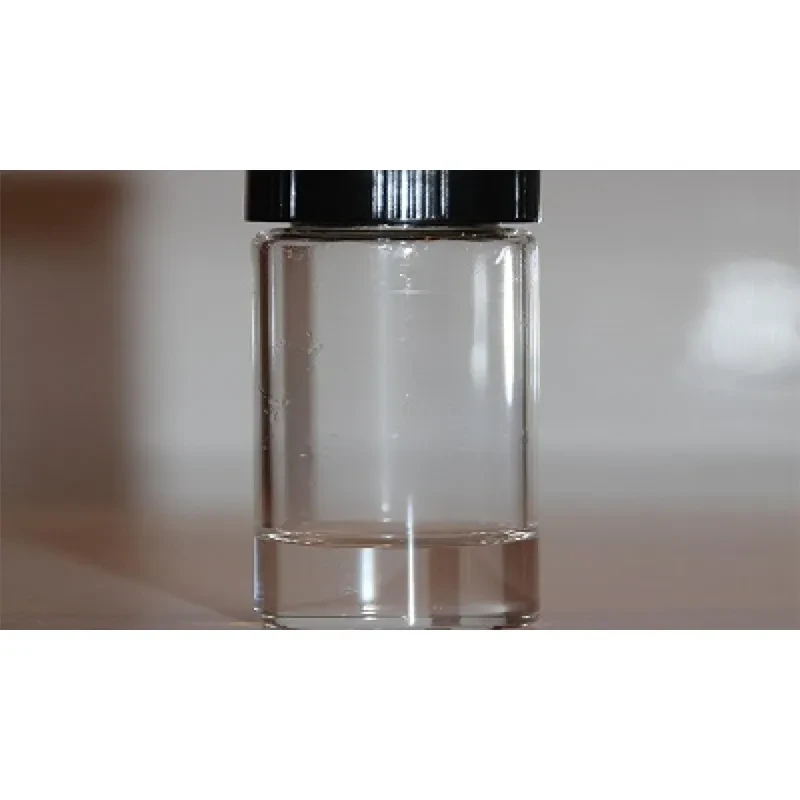CAS No.: 330-54-1
Molecular Formula: C9H10Cl2N2O
Molecular Weight: 233.09
|
Melting point |
158-159°C |
|
Boiling point |
180-190°C |
|
Density |
1.48 |
|
vapor pressure |
2(x 10-7 mmHg) at 30 °C (Hawley, 1981) |
|
refractive index |
1.5500 (estimate) |
|
Flash point |
180-190°C |
|
storage temp. |
2-8°C |
|
solubility |
In acetone: 5.3 wt % at 27 °C (Meister, 1988). |
|
form |
Solid |
|
pka |
-1 to -2 (quoted, Bailey and White, 1965) |
|
color |
White, odorless crystalline solid |
|
Water Solubility |
Slightly soluble. 0.0042 g/100 mL |
|
Exposure limits |
NIOSH REL: TWA 10 mg/m3. |
|
Stability |
Stable. Incompatible with strong acids, strong bases, strong oxidizing agents. |
|
Symbol(GHS) |
|
|
Signal word |
Warning |
|
Hazard Codes |
Xn, N, F |
|
RIDADR |
UN 3077 9/PG 3 |
|
HazardClass |
9 |
|
PackingGroup |
III |
|
HS Code |
29242990 |
Diuron is a white crystalline solid/wettable powder and used as a herbicide. Diuron is registered for pre- and post-emergent herbicide treatment of both crop and non-crop areas, as a mildewcide and preservative in paints and stains, and as an algaecide. Diuron is a substituted urea herbicide for the control of a wide variety of annual and perennial broad-leaved and grassy weeds on both crop and non-crop sites.
Thus, the application of diuron is wide for vegetation control and weed control in citrus orchards and alfalfa fields. The mechanism of herbicidal action is the inhibition of photosynthesis. Diuron was first registered in 1967. Products containing diuron are intended for both occupational and residential uses. Occupational uses include agricultural food and non-food crops; ornamental trees, flowers, and shrubs; paints and coatings; ornamental fish ponds and catfish production; and rights-of-way and industrial sites. Residential uses include ponds, aquariums, and paints.
Diuron is a substituted urea herbicide used to control a wide variety of annual and perennial broadleaf and grassy weeds, as well as mosses. It is used on non-crop areas and many agricultural crops such as fruit, cotton, sugar cane, alfalfa, and wheat. Diuron works by inhibiting photosynthesis. It may be found in formulations as wettable powders and suspension concentrates.



